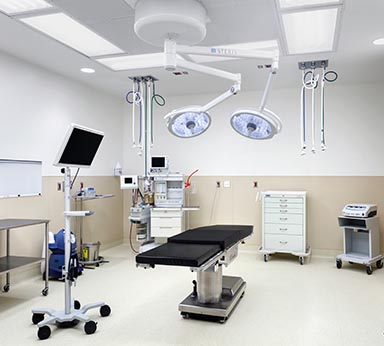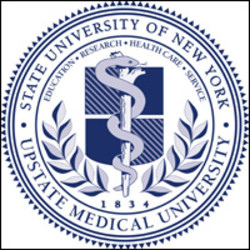Patellofemoral Pain Syndrome Treatment
The knee is a large and complex joint with many moving components, impacted every time you kneel, stand or take a step. When the soft tissues, like tendons, ligaments or cartilage, are damaged, it can cause swelling and pain. Patellofemoral pain syndrome is generalized pain in the knee caused by soft tissue aggravation. Our interventional pain specialists at Caliber Pain™ offer patellofemoral pain syndrome treatment at our clinic in Midtown Manhattan.
Causes and Symptoms of Patellofemoral Pain Syndrome
Patellofemoral pain syndrome occurs when the soft tissues in the knee are irritated from overuse or improper use. Tendons, cartilage and synovial tissues support and protect the knee. When they are damaged, inflammation and dysfunction can cause nerve pain. Overuse from running, climbing and other knee strain can result in patellofemoral pain syndrome. It can also occur when you suddenly change the intensity of activity impacting the knee. Misalignment of the kneecap or patella can cause irritation, leading to patellofemoral pain syndrome.
General knee pain without a specific injury is common with patellofemoral pain syndrome. A dull pain in the front of the knee that worsens with activity can occur in one or both knees. Other symptoms include:
- Pain when climbing, running or jumping
- “Popping” sound when standing after sitting or crackling in knee when climbing
- Pain in knees when sitting for long periods
- Pain in knees when changing level of physical activity
Diagnosing patellofemoral pain syndrome can be completed with a physical exam and may require x-rays. Conservative and interventional treatment can be effective in relieving pain and improving knee function. Our team at Caliber Pain™ can help reduce inflammation and nerve irritation with interventional and regenerative medicine treatments.
If you have knee pain that is limiting your function, contact our team at Caliber Pain™ in NYC. We offer accurate diagnosis and treatment for many different knee injuries and conditions, including patellofemoral pain syndrome.






















